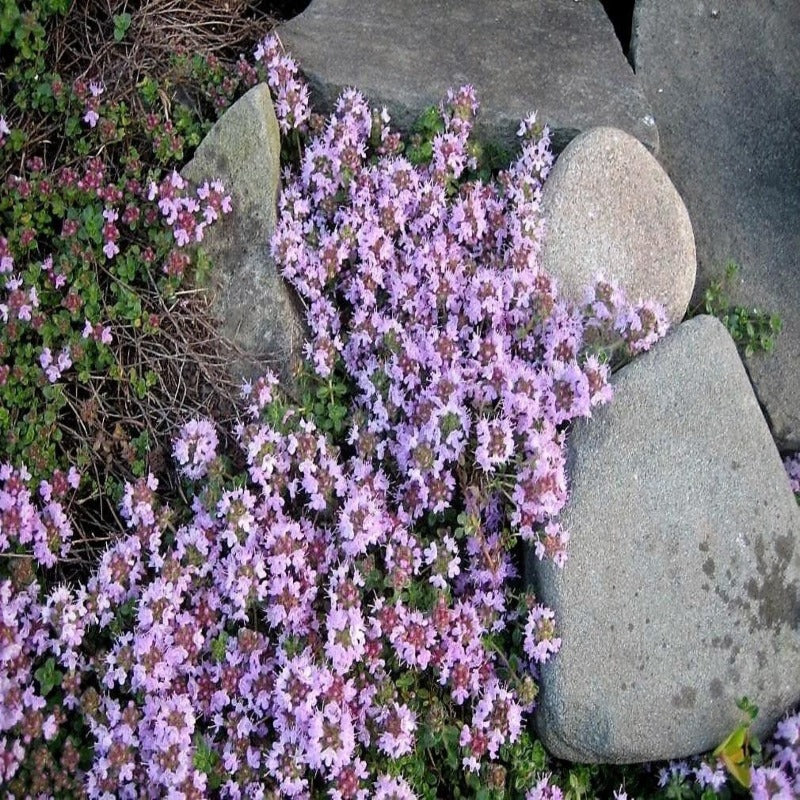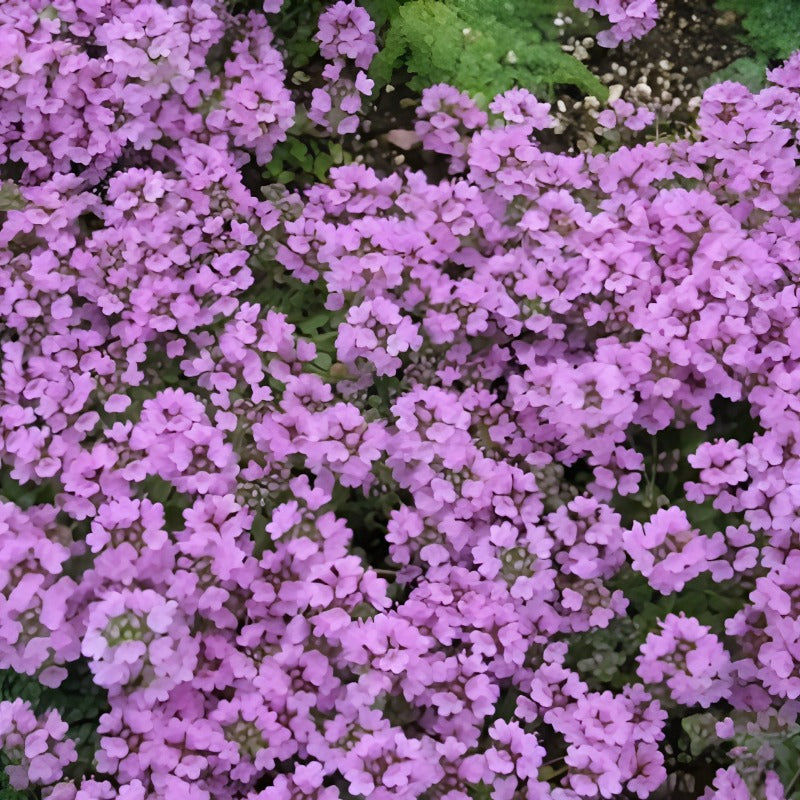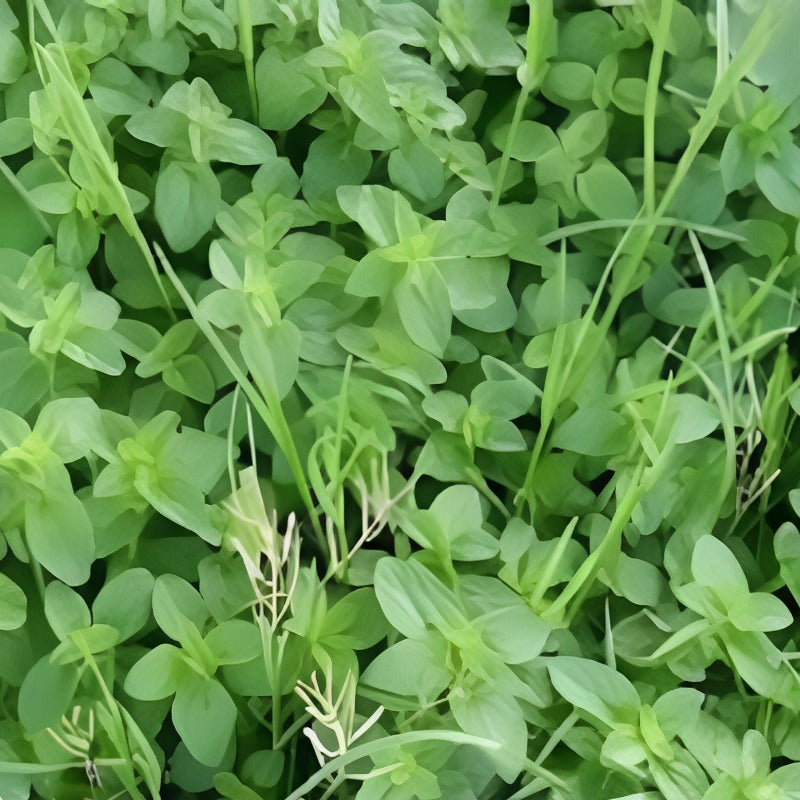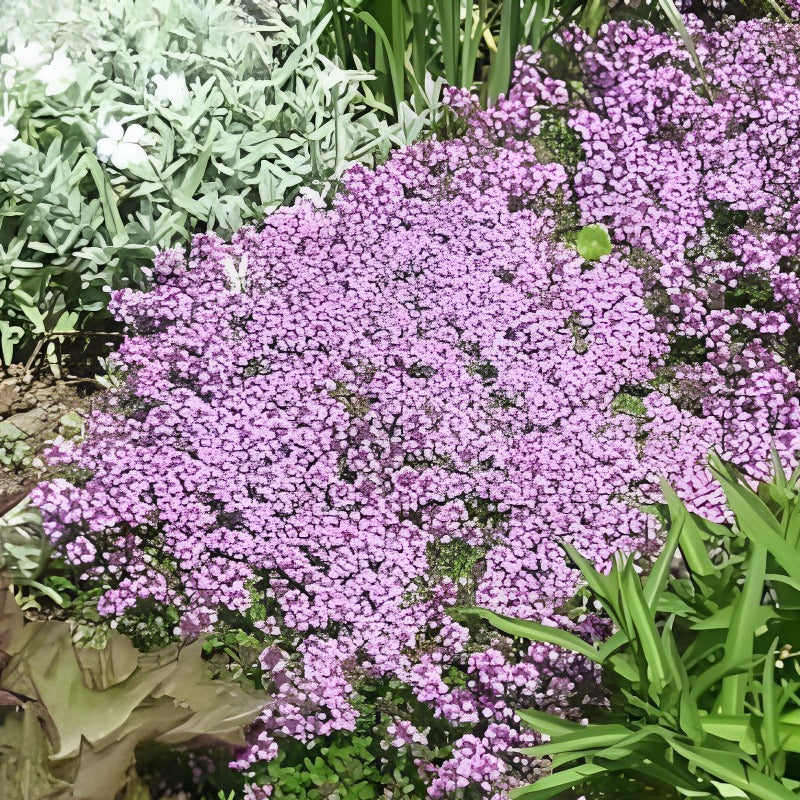- Historical context: Thymus serpyllum, commonly known as wild thyme or creeping thyme, has been used since ancient times for its aromatic and medicinal properties. It was highly valued by the Greeks and Romans.
- Geographical origination: Native to Europe, North Africa, and parts of Asia.
- Relevant cultural significance: In ancient Greece, thyme was used in baths and burnt as incense in temples. The Romans used it to purify their rooms and to give aromatic flavor to cheese and liqueurs.
- Time period of discovery: The use of thyme dates back to ancient civilizations, with documented use in ancient Egypt for embalming.
- Original habitat: Typically found in dry, rocky soils and open, sunny areas such as hillsides and meadows.
- Notable historical uses: Used for its antiseptic properties, in culinary dishes, and as a symbol of courage and bravery in medieval times.
- Ideal temperature range: 15-25°C (59-77°F)
- Soil type: Prefers well-drained, sandy or loamy soil with a pH range of 6.0 to 8.0.
- Sunlight requirements: Full sun is ideal for optimal growth.
- Watering needs: Requires moderate watering. Allow the soil to dry out between waterings to prevent root rot.
- Planting season: Best planted in spring after the last frost or in early autumn.
- Germination time: Typically takes 14-28 days to germinate.
- Growth cycle duration: Perennial plant, meaning it can live for more than two years.
- Common pests and diseases: Susceptible to root rot if overwatered. Can also be affected by aphids and spider mites.
- Companion planting advice: Grows well with cabbages, tomatoes, and eggplants. Helps repel pests like cabbage worms.
- Common challenges and solutions: Overwatering can lead to root rot. Ensure proper drainage and avoid waterlogged soil. Prune regularly to maintain shape and encourage new growth.
- Nutritional values: Rich in vitamins A and C, as well as iron, manganese, and dietary fiber.
- Health benefits: Known for its antiseptic, antifungal, and antibacterial properties. Can help with respiratory issues, digestive problems, and skin conditions.
- Culinary uses: Used as a seasoning in a variety of dishes, including meats, soups, and stews. Adds a fragrant, slightly minty flavor.
- Medicinal uses: Traditionally used in herbal medicine to treat coughs, colds, and digestive issues. Also used in aromatherapy for its calming effects.
- Other unique advantages: Attracts pollinators like bees and butterflies, making it beneficial for garden biodiversity. Can be used as a ground cover due to its low-growing, spreading habit.










